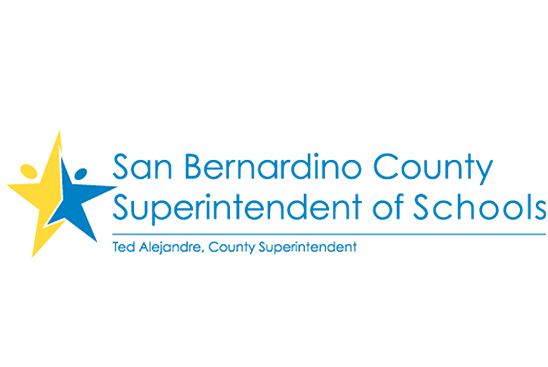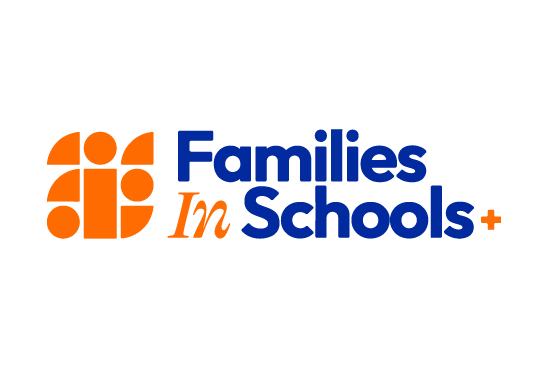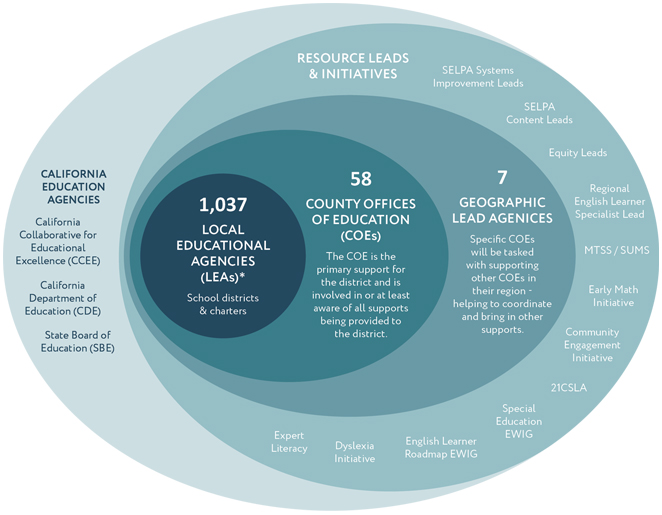MISIÓN Y VISIÓN
La misión y la visión de la Iniciativa de Participación Comunitaria (CEI) en todo el estado está diseñada para:
- Construir capacidad en comunidades y distritos escolares para facilitar conversaciones difíciles que se centren en mejorar los resultados para los estudiantes;
- Identificar modelos efectivos de participación y métricas de la comunidad para evaluar esos modelos;
- Desarrollar asociaciones efectivas entre pares entre los distritos escolares y las oficinas de educación del condado (COES) para profundizar la participación de la comunidad;
- Amplíe las prácticas exitosas de participación de la comunidad en todo el estado.
- Servir como facilitador, conector de recursos, constructor de capacidades y constructor de relaciones con respecto a los esfuerzos de los distritos escolares para desarrollar la participación de la comunidad.









